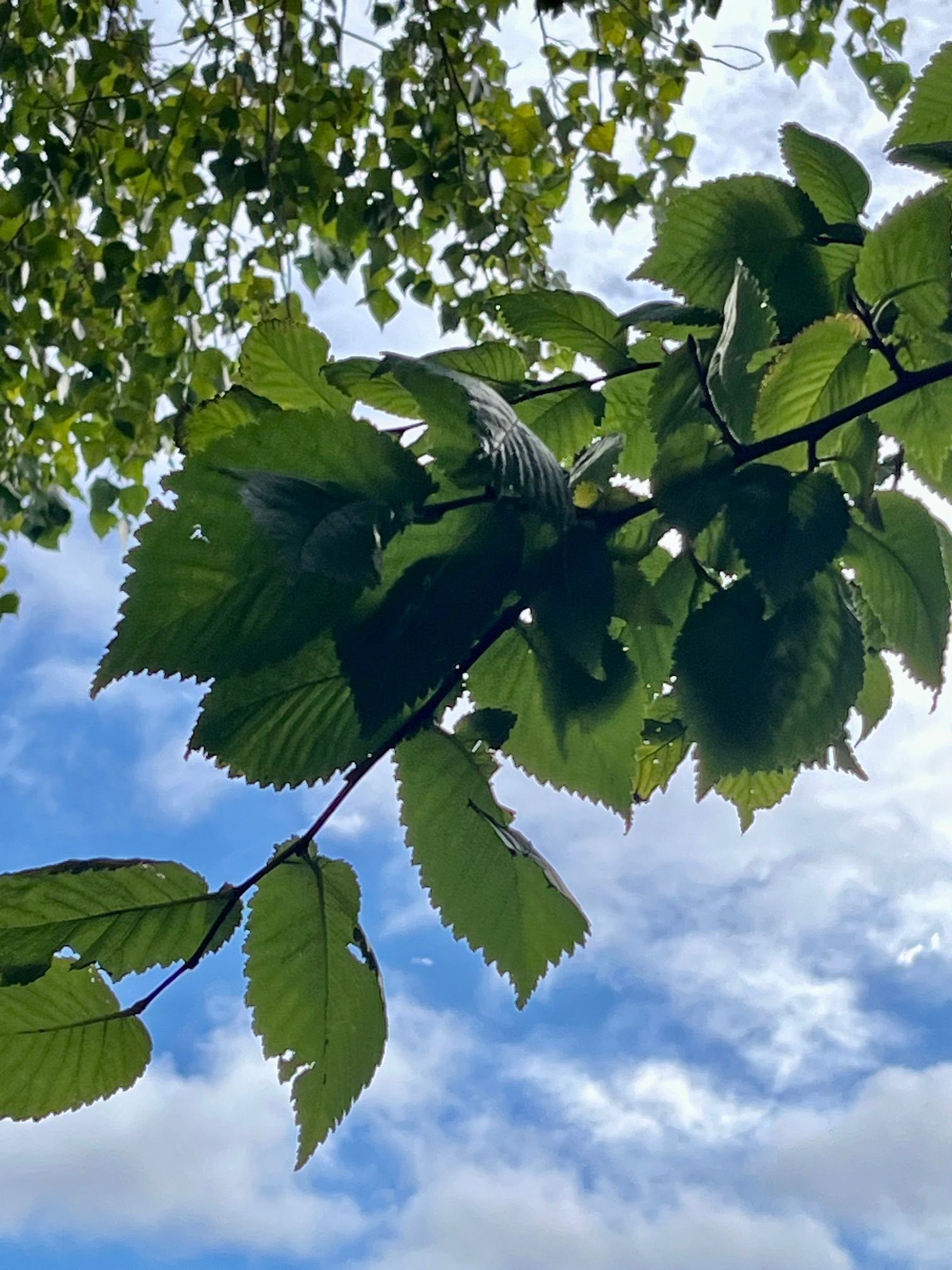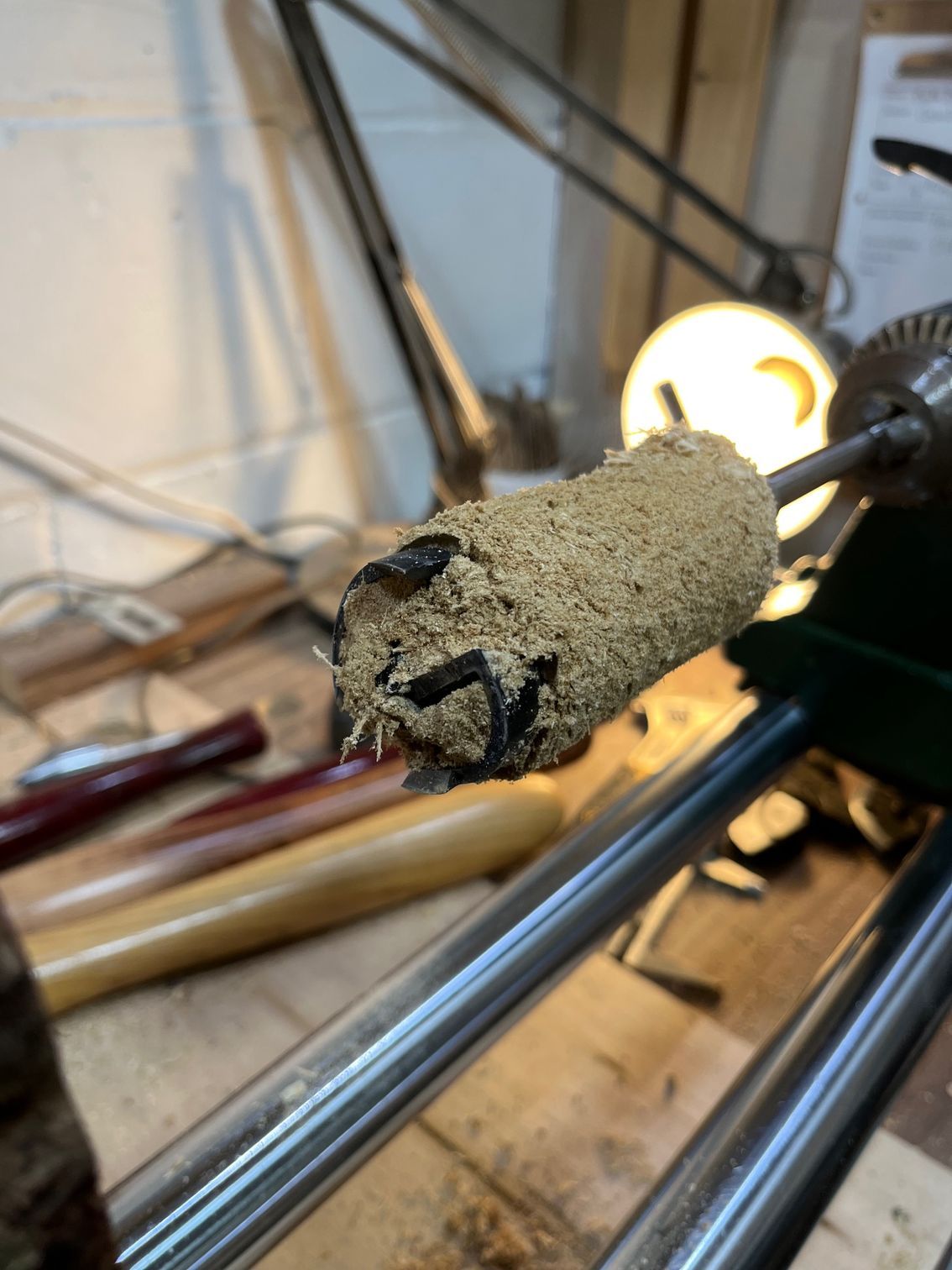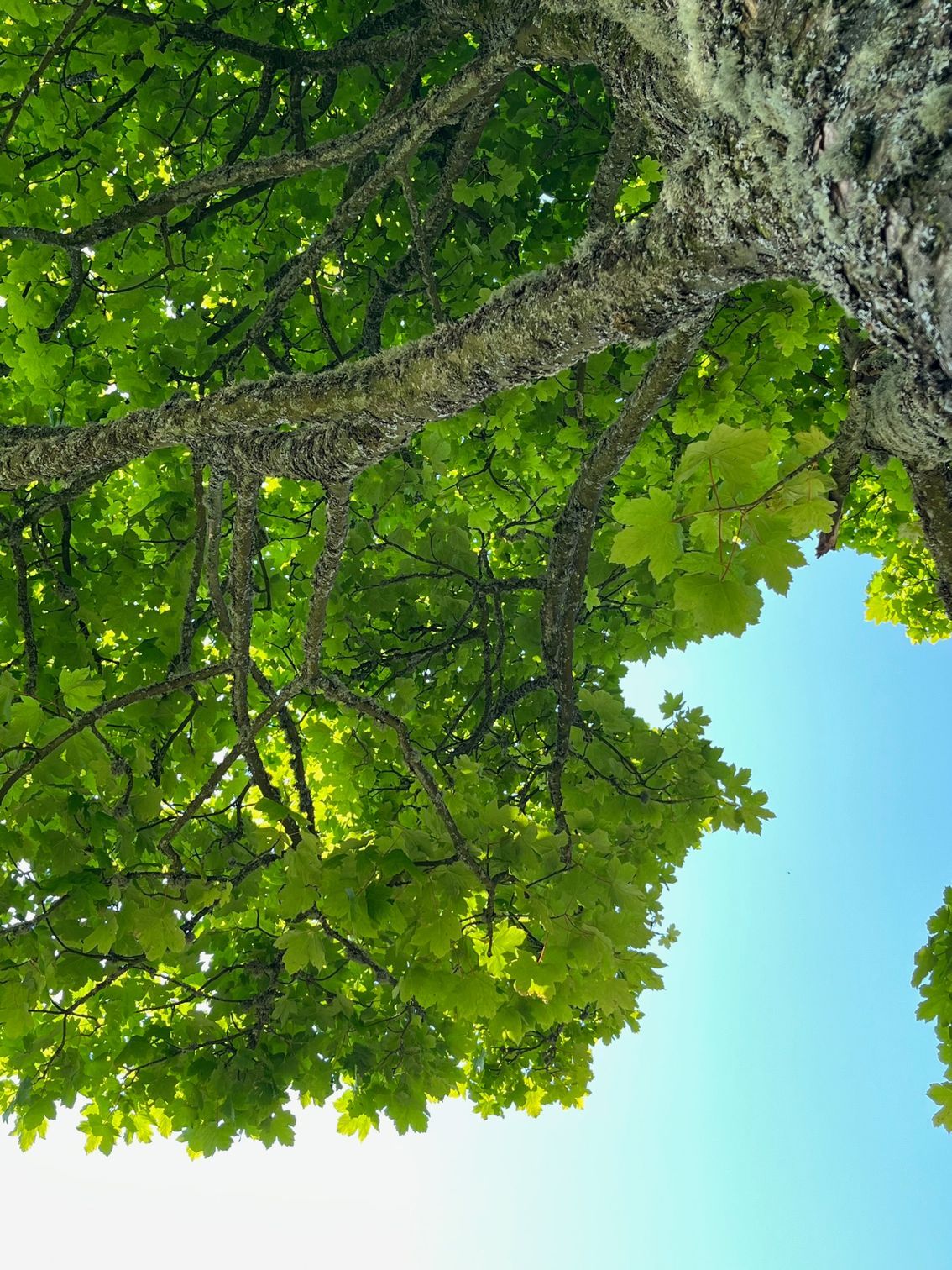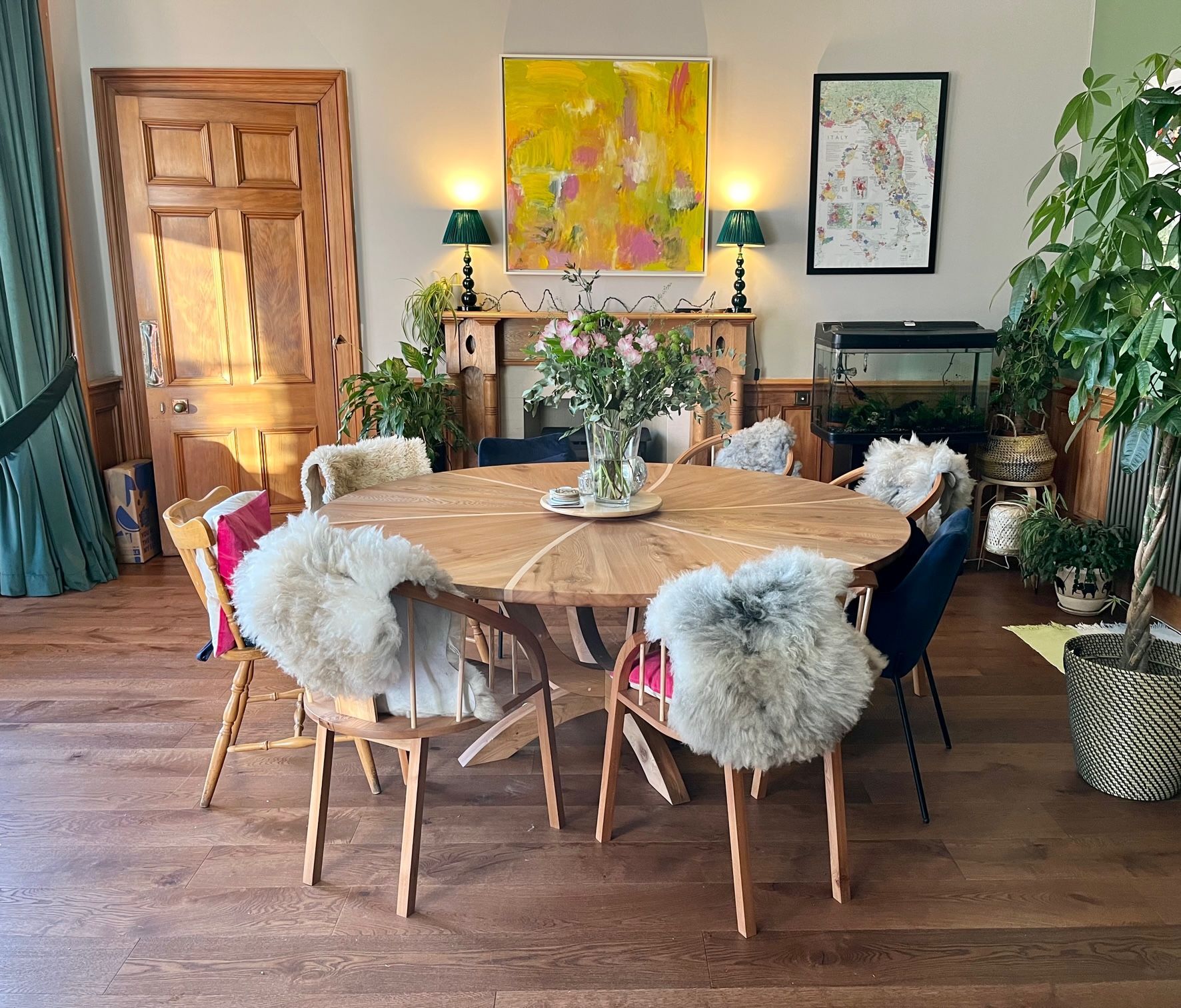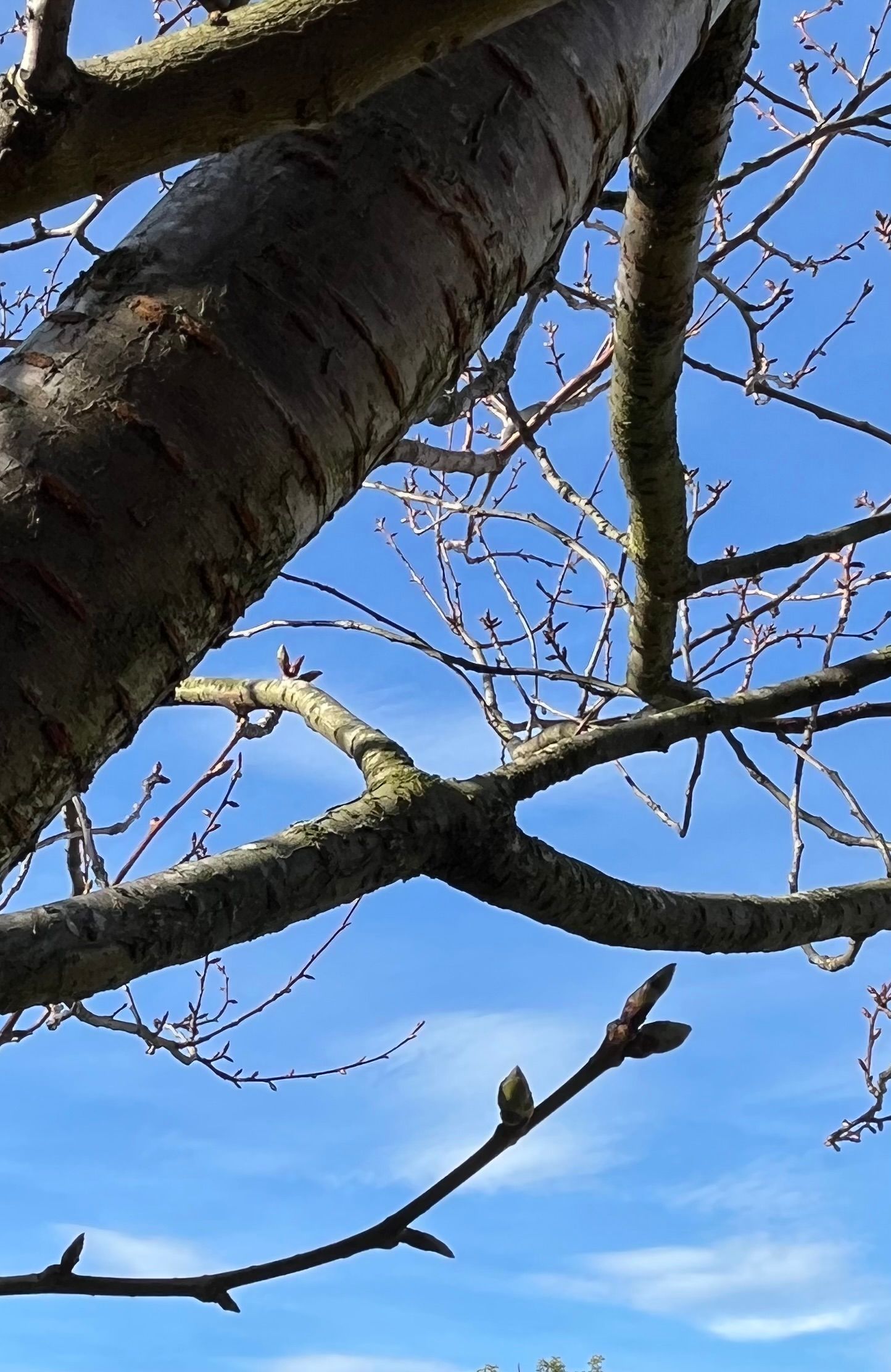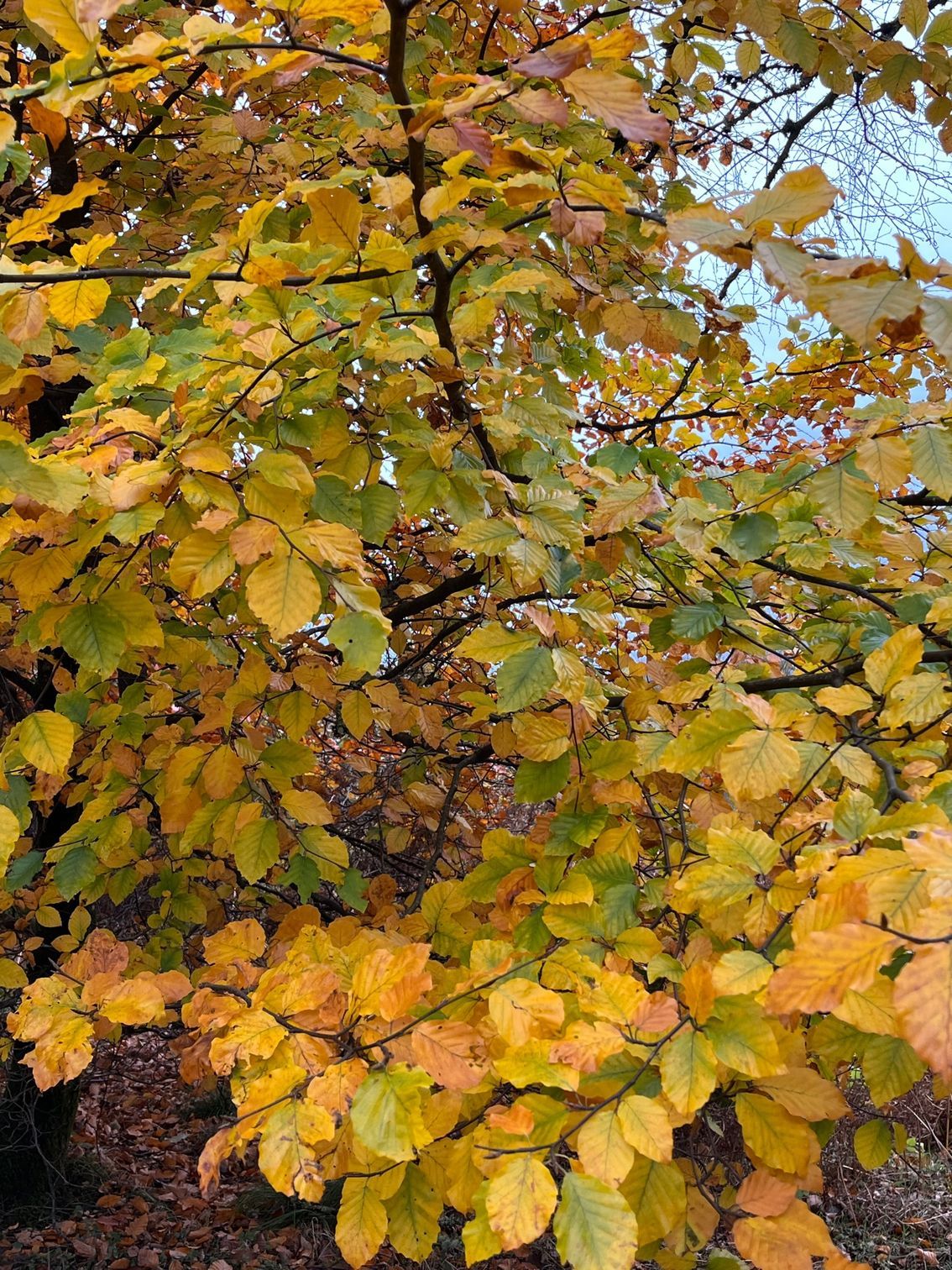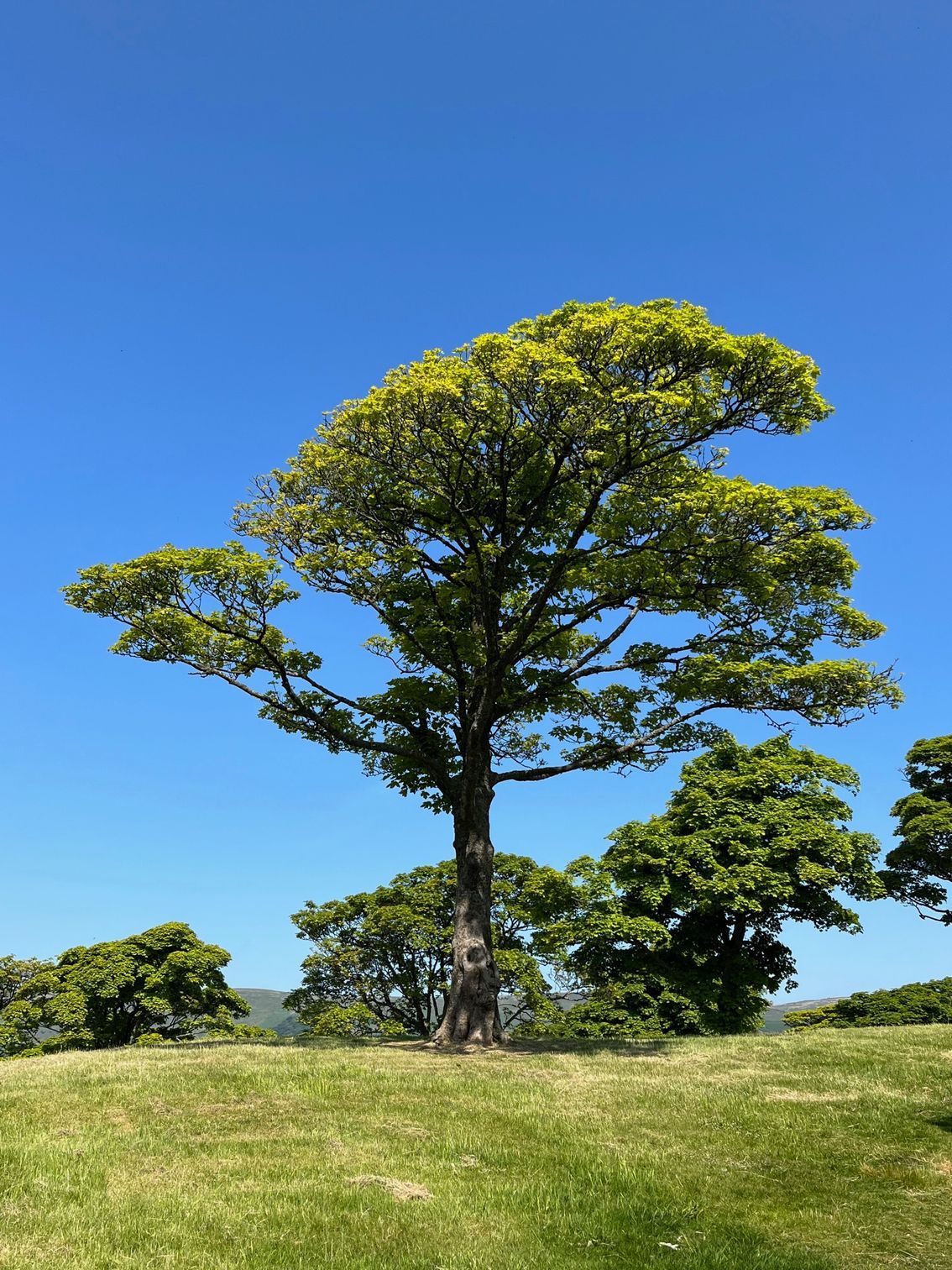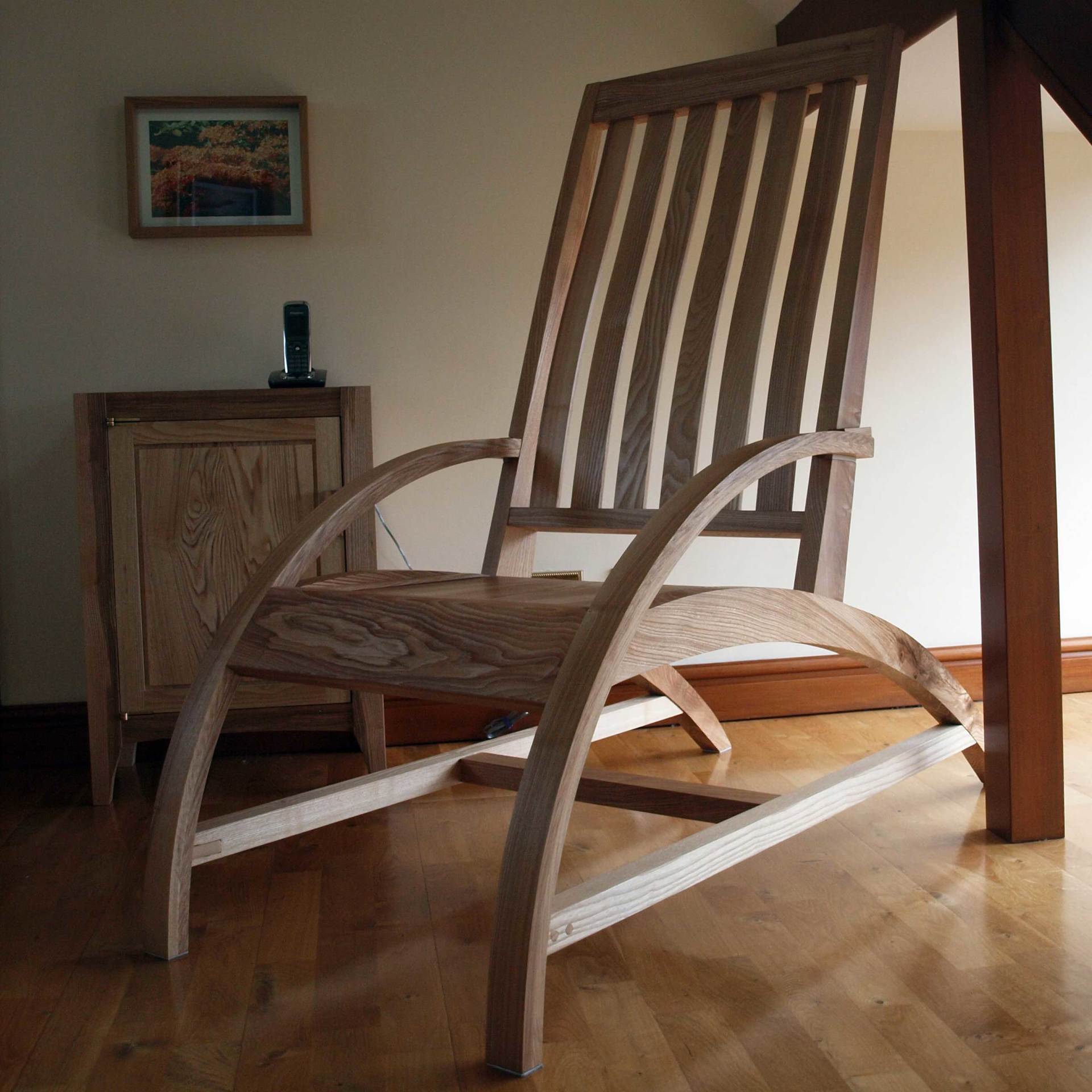AUTUMN BLOG 2022 : THE ELM TREE
The Elm tree
The Elm has about 20 different species of this genus in North temperate regions. A deciduous tree native to Southern and Eastern Europe. The English Elm (Ulmus minor var.vulgaris) was first introduced to Southern England by Bronze age farmers.
English Elm dominated the British countryside but since the 1960's was ravaged by Dutch Elm disease.
English Elm is very similar to Wych Elm (Ulmus glabra) and difficult to tell the two species apart.
Nearly all elms yield valuable hardwood in large size and can be found in hedgerows or woodlands.
A locally sourced hardwood I use is Wych Elm or also referred to as Scots Elm
Elm is a strong and durable hardwood and has been used in decorative wood turning, boats, furniture, wheel hubs, wooden water pipes, flooring and coffins.
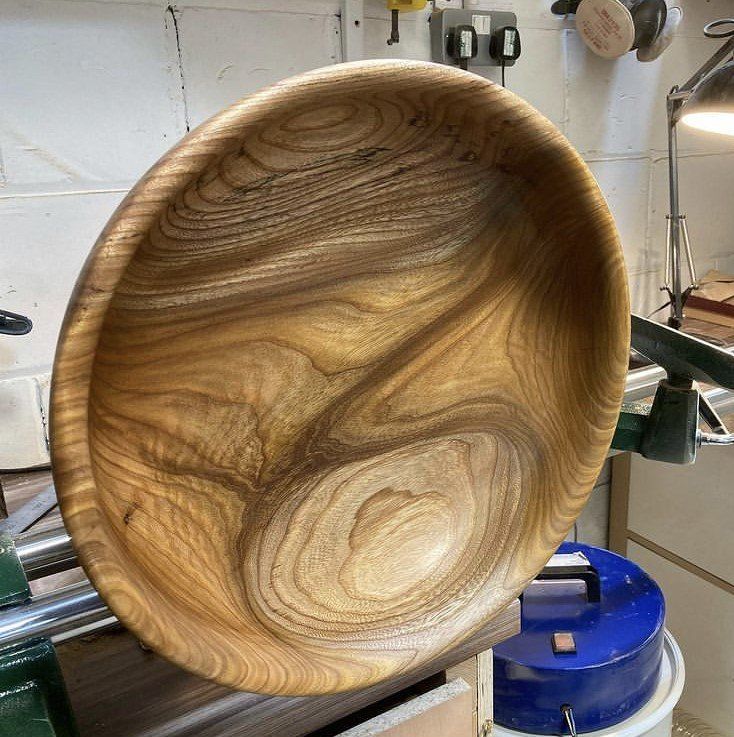
Dutch Elm Disease
Dutch Elm disease is a fungal disease and spread by elm bark beetle.
The tree reacts to fungus by blocking its own Xylem tissues. Xylem tissues deliver water and nutrients to the rest of the tree.
The Great British Elm Experiment
Great British Elm Experiment | BRT The Berkeley Reafforestation Trust (thebrt.org)
The Great British Elm Experiment is a project which sets out to challenge the view that “elms have had it!”
Check out their website via the link above.
Do you have an Elm tree in your local park or street?
To identify a Wych Elm tree, you can use the illustration below of a leaf.

Illustration from The Observer's book of
trees and shrubs
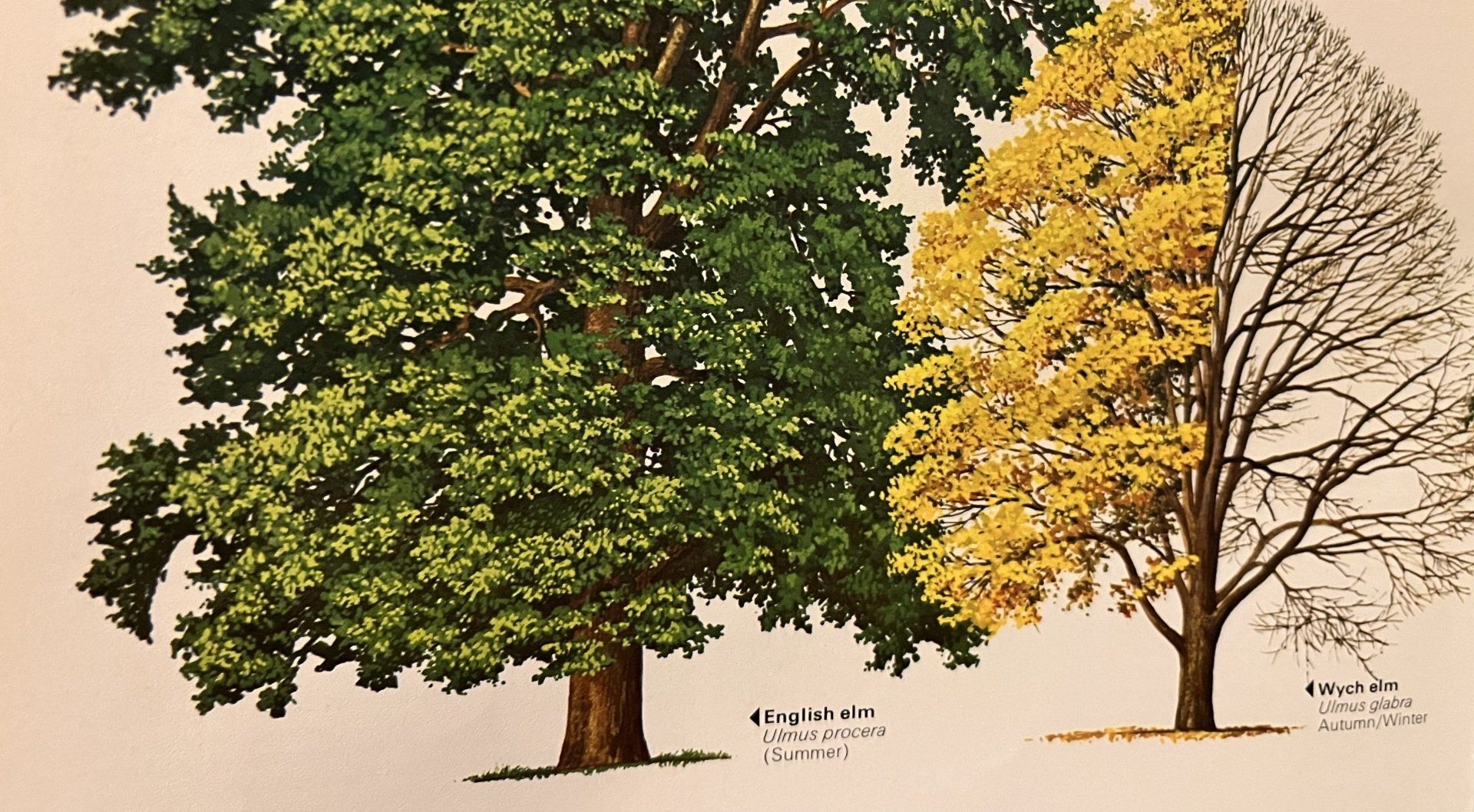
Illustration from The Encylopedia of trees
Timbers and forests of the world
Welcome to my new blog series!!
Check out my next Winter blog in January
by Anna Nichols
Following Anna in her design studio, workshop and at local sawmills selecting timber

